Interview with hardboiled crime fiction author Jim Nesbitt
Posted: July 8, 2019 | Author: kayelynnebooth | Filed under: Books, Crime, Fiction, Hard-Boiled Crime Fiction, Writing | Tags: Author Interview, Crime Fiction, Ed Earl Burch, Hard-boiled fiction, Jim Nesbitt, The Best Lousy Choice, Writing to be Read |3 Comments
My guest today has a background in hard hitting journalism and he writes hard-boiled crime fiction in the tradition of Dashiel Hammet, and other famed crime writers. I’m pleased to be interviewing him because he represents a great literary tradition in genre. Please help me welcome, crime fiction novelist Jim Nesbitt.
Kaye: Your writing is classified as hard-boiled fiction, but you have your own style. Can you tell me a little about your style of hard-boiled fiction?
Jim: I’ve always thought of hard-boiled crime fiction as a distinctly American art form. Rooted in realism, cynicism, violence, corruption and a dark view of the American dream, it’s also a tremendously flexible genre. It’s best practitioners — from the founding fathers, Dashiell Hammett and Raymond Chandler, through Ross Macdonald, James Ellroy and the late and vastly underappreciated James Crumley — use it as a vehicle to comment on contemporary American life and politics, music, culture, the warped psychology of the hardened criminal and the suburban housewife, the tortured dance between men and women and anything else that strikes their fancy. When I decided to try my hand at fiction, I knew it would be hard-boiled crime fiction because it matches my outlook on life and my experience as a journalist as well as the freedom I saw in the books of the very best writers, not that I’m close to being in their class.
As for my style, it’s the result of years of working as a journalist who came up through the ranks at a time when long-format stories that used the narrative style and tradecraft of fiction were the rage, what I learned from reading Hammett, Chandler, Crumley, Ellroy, James Lee Burke and others and the genetics of coming from a long line of hillbilly storytellers. Every writer hopes to develop a unique voice, free from template and artifice. Few do. I write the way I talk — which is a curious mixture of film noir patter and cowboyspeak, with a little Tex-Mex thrown in. No surprise there since I spent quite a few years knocking around the West and the border between Texas and Mexico, used to own horses and am steeped in the dark movies of the 40s and 50s.
I’m also a strong believer in driving a story through snappy and hard-bitten dialogue, sharply defined characters with depth and lots of backstory and such a keen sense of place that it becomes a character unto itself. I spent a lot of time knocking around the West and the West Texas border country and my books are shot through with scenes based on what I saw out there. More than one reviewer has said my books have the soul of a classic Western, with hard-boiled and noirish trappings, and I tend to agree with them. Although they’re set in the late-80s and early 90s, they’re as much contemporary Westerns as they are hard-boiled crime novels.
Kaye: Tell me a little about your main character. Who is Ed Earl Burch?
Jim: Ed Earl’s a bit of an Everyman, a guy who has been knocked around by life. He’s a defrocked Dallas vice and homicide detective, tossed off the force for being a little too willing to beat the hell out of or shoot suspects and for being a terminal smartass who doesn’t know when to shut up. The brass also blames him for the death of his partner, which trebles the guilt he already feels.
Losing his badge robs Ed Earl of his sense of purpose and higher calling and takes away a job he’s really good at — chasing down killers. He’s a manhunter at heart, but without his badge, he retreats into a corner defined by the path from his apartment, to his ratty office and his favorite saloon, chasing down financial fugitives from the savings-and-loan bust of the mid-80s and taking on divorce cases he loathes because he’s in hock to his eyeballs.
What he isn’t is super-smart, like Sam Spade or Philip Marlowe. He’s tough and shrewd, but dogged more than brilliant. He’s no square-jawed Jack Reacher or other action hero one step removed from a comic book or graphic novel. He’s bearded, balding and has a belly. He’s got wrecked knees, a wounded liver and an empty bank account. He’s an anti-hero who sometimes forgets to live by his personal code — and a bit of a burnout.
In THE BEST LOUSY CHOICE, he starts out as an emotional wreck, plagued by nightmares from his last misadventure captured in THE LAST SECOND CHANCE, where he was almost killed by a psychotic drug lord who believed in Aztec heart sacrifice and had Ed Earl trussed up on a stone altar to carve out his heart. He’s self-medicating with bourbon and Percodan, but finds out that when he’s working, he steadies up and the old cop reflexes return. When he gets asked to look into a suspicious barn fire that killed a prominent West Texas rancher, he leaps at the chance to be a manhunter again, unburdened by the rules and laws he had to live by as a cop. He pays a terrible price both physically and emotionally to do a job he was born to do — as he does in my other books.

Kaye: You were a journalist chasing all kinds of stories. How much of your true life experiences have found their way into your stories?
Jim: I kind of tipped my hand with my answer to your first question. The scenes in my books are based on what I saw and experienced as a journalist knocking around this great country, particularly the South, the West and West Texas. Chances are, if I’m writing about it, I’ve been there. I fell in love with the stark, harsh and beautiful land of what they call the Trans-Pecos and I used that to create a keen sense of place in all my books. It’s the perfect setting for bloody tales of revenge and redemption. During my years as a journalist, I also met cops, prosecutors, crooks and a few killers so they went into the creative pot. So did my marital misadventures, my taste for bourbon, my love of great saloons and my preference for Colt 1911 semi-automatics.
Kaye: You were a journalist for a good part of your life, and now you are an author, so it seems as if writing is a way of life for you. When did you first know that you wanted to become an author?
Jim: I come from a long line of hillbilly storytellers and remember listening to the stories my uncles, aunts, parents and grandparents told about family, friends and life experiences. As a kid, I always had my nose in a book and started writing my own little stories. When I was in eighth grade, my English teacher, Mary Bailey, took my aside and told me I was a writer. She even called my dad in to tell him the same thing and to encourage me to be a writer. That impressed dad and me, although I took a long intermediate step as a journalist before trying my hand at novels. Call it an apprenticeship that lasted decades.
Kaye: What is the biggest challenge for you in writing crime fiction?
Jim: I still have a demanding day job, so finding the time to write is my biggest challenge. I’m also an older writer and don’t have quite as much energy as I did twenty or twenty-five years ago — can’t stay up until the small hours writing a novel, then turn around and put in a ten to twelve hour day at the office. Have to pace myself and carve out big blocks of time during the weekends to write Ed Earl books.
Kaye: What’s something most readers would never guess about you?
Jim: That I’m an introvert at heart and inherently shy. I’m a big guy with presence and a bit of a showboat in a crowd, but that covers up my introverted innards.
Kaye: Besides writing, what are your favorite things to do?
Jim: Taking long trips on back roads to nowhere with my wife in our 1972 Cutlass Supreme ragtop and smoking a cigar and sipping bourbon while reading a good book.
Kaye: Which author, dead or alive, would you love to have lunch with? Why?
Jim: The late, great James Crumley. I learned a lot about writing through reading his books — DANCING BEAR, BORDERSNAKES, THE WRONG CASE. He taught me to let it rip with frank descriptions of violence, sex, drugs and other forms of wretched excess. His characters, particularly Milo Milodragovitch, are deeply flawed anti-heroes, just like Ed Earl. He was also a man with a taste for deep whiskeys and red meat, so I think a liquid lunch with a porterhouse side dish would be a helluva lot of fun and would teach me a thing or two about writing.
Kaye: How do you build suspense in your stories?
Jim: I really don’t worry too much about building suspense. I think that’s a natural byproduct of driving the story at a relentless pace through dialogue, character and lots of action. I want the reader to think: How is Ed Earl gonna get out of this mess? Who is this new bad hombre and what kind of pain is he going to rain down on ol’ Ed Earl?
Kaye: You’re working on the next Ed Earl Burch novel, The Best Lousy Choice. What can you tell me about that story?
 Jim: Dallas private eye Ed Earl Burch is an emotional wreck, living on the edge of madness, hosing down the nightmares of his last case with bourbon and Percodan, dreading the next onslaught of demons that haunt his days and nights, including a one-eyed dead man who still wants to carve out his heart and eat it.
Jim: Dallas private eye Ed Earl Burch is an emotional wreck, living on the edge of madness, hosing down the nightmares of his last case with bourbon and Percodan, dreading the next onslaught of demons that haunt his days and nights, including a one-eyed dead man who still wants to carve out his heart and eat it.
Burch is also a walking contradiction. Steady and relentless when working a case. Tormented and unbalanced when idle. He’s deeply in debt to a shyster lawyer who forces him to take the type of case he loathes — divorce work, peephole creeping to get dirt on a wayward husband.
Work with no honor. Work that reminds him of how far he’s fallen since he lost the gold shield of a Dallas homicide detective. Work in the stark, harsh badlands of West Texas, the border country where he almost got killed and his nightmares began.
What he longs for is the clarity and sense of purpose he had when he carried that gold shield and chased killers for a living. The adrenaline spike of the showdown. Smoke ‘em or cuff ‘em. Justice served — by his .45 or a judge and jury.
When a rich rancher and war hero is killed in a suspicious barn fire, the rancher’s outlaw cousin hires Burch to investigate a death the county sheriff is reluctant to touch.
Seems a lot of folks had reason for wanting the rancher dead — the local narco who has the sheriff on his payroll; some ruthless Houston developers who want the rancher’s land; maybe his own daughter. Maybe the outlaw cousin who hired Burch.
Thrilled to be a manhunter again, Burch ignores these red flags, forgetting something he once knew by heart.
Be careful what you wish for. You just might get it. And it might just get you killed.
But it’s the best lousy choice Ed Earl Burch is ever going to get.
I want to thank Jim for being my guest here and sharing with us. He has shed some light on what hard-boiled fiction is all about and obviously loves his craft. You can learn more about Jim Nesbitt and his books at the links below.
https://jimnesbittbooks.com Website
https://www.amazon.com/author/jimnesbitt Amazon author page
https://www.facebook.com/edearlburchbooks Facebook author page
https://www.goodreads.com/author/show/14971688.Jim_Nesbitt Goodreads author page
https://books.apple.com/us/book/the-best-lousy-choice/id1468993353 Apple Books E-Book
https://www.kobo.com/us/en/ebook/the-best-lousy-choice Kobo E-Book
https://www.barnesandnoble.com/w/books/1132276790?ean=2940161430828 Barnes & Noble Nook E-Book
https://spottedmule.wordpress.com/ Blog
Like this post? Let me know in the comments. You can be sure not to miss any of Writing to be Read’s great content by subscribe to e-mail or following on WordPress.
https://twitter.com/EdEarlBurch?lang=en Twitter author page


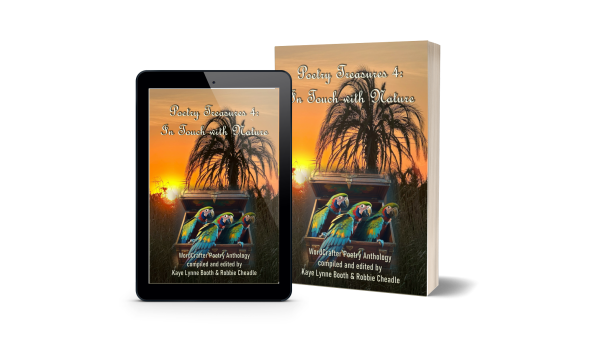
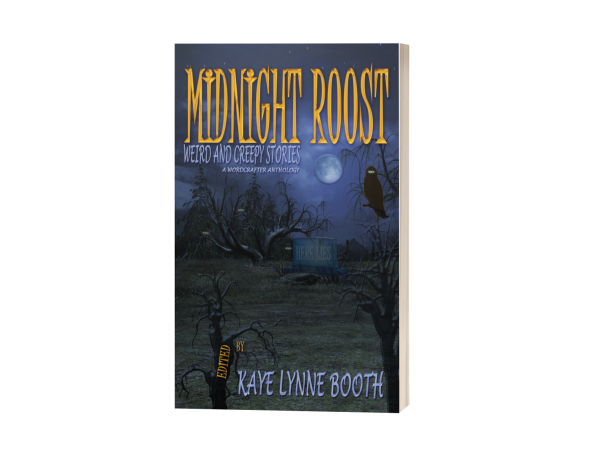



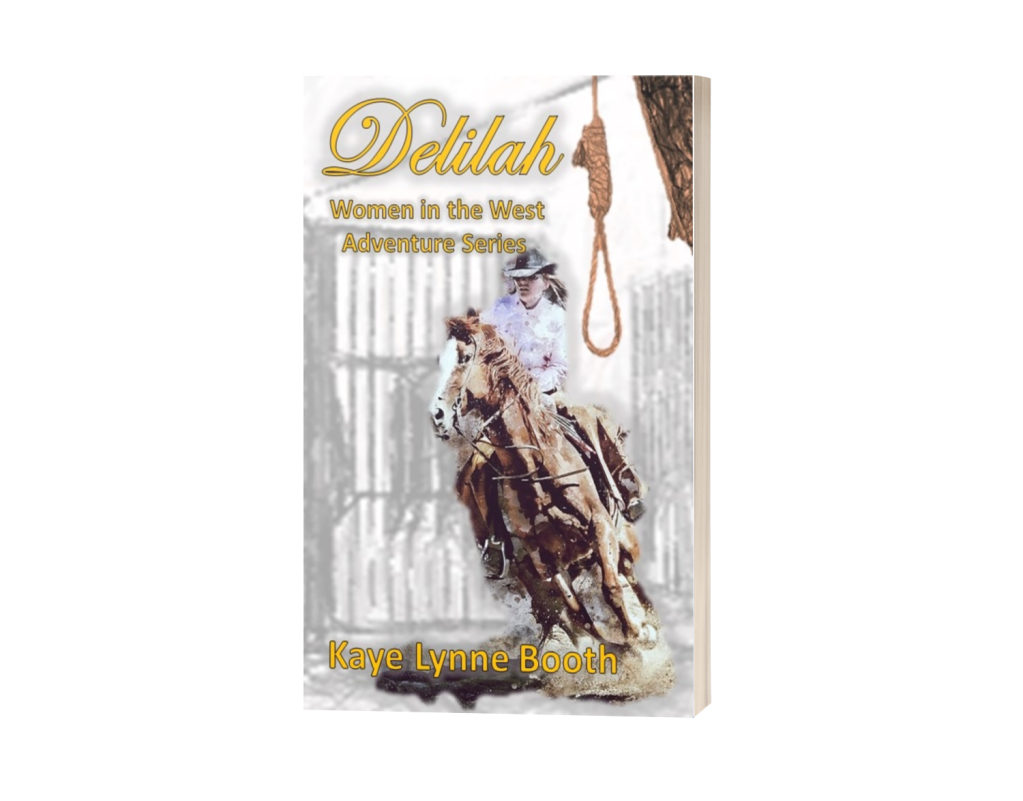
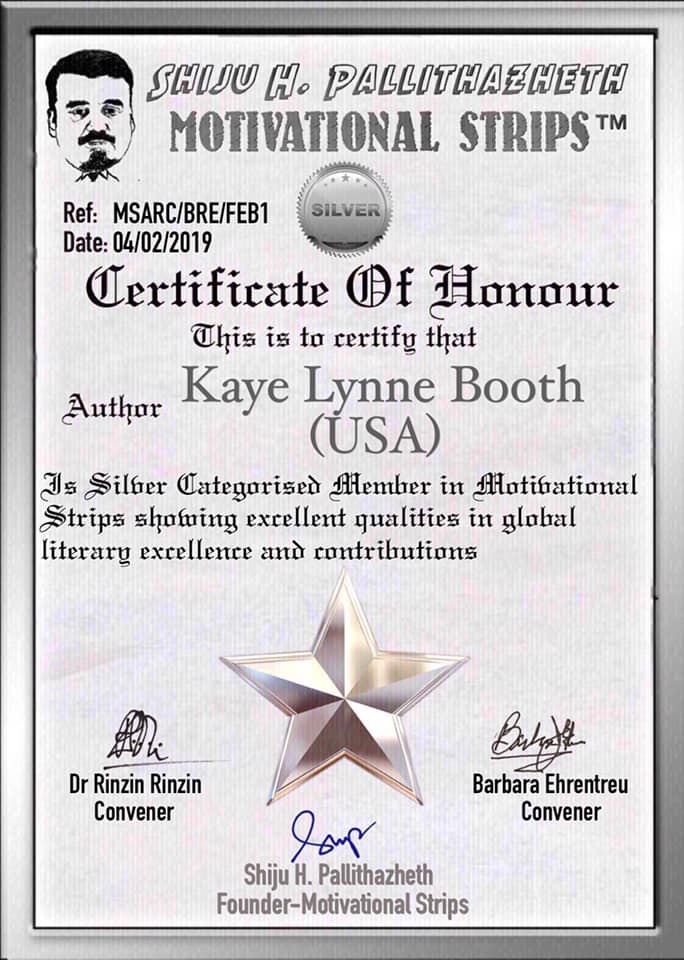
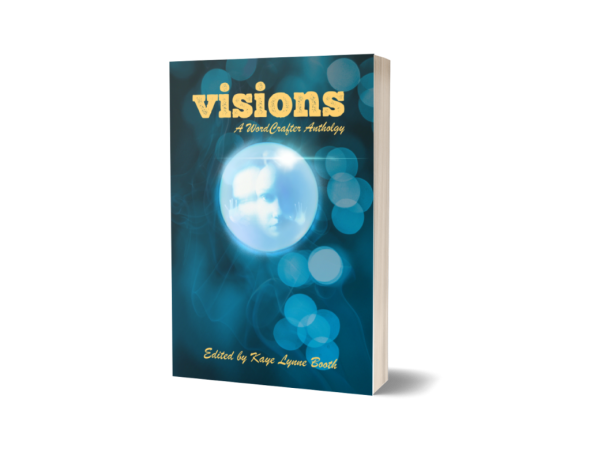


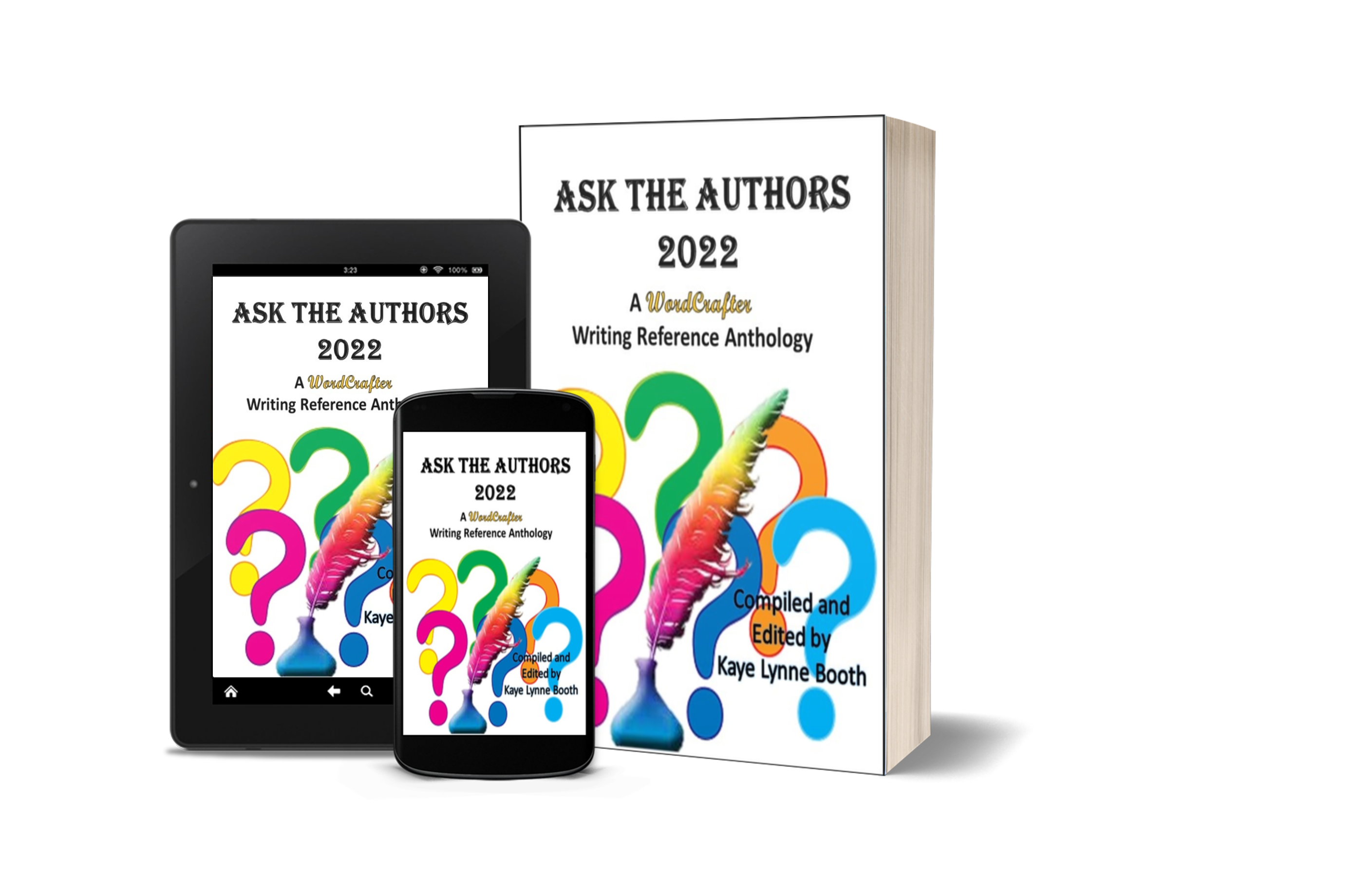
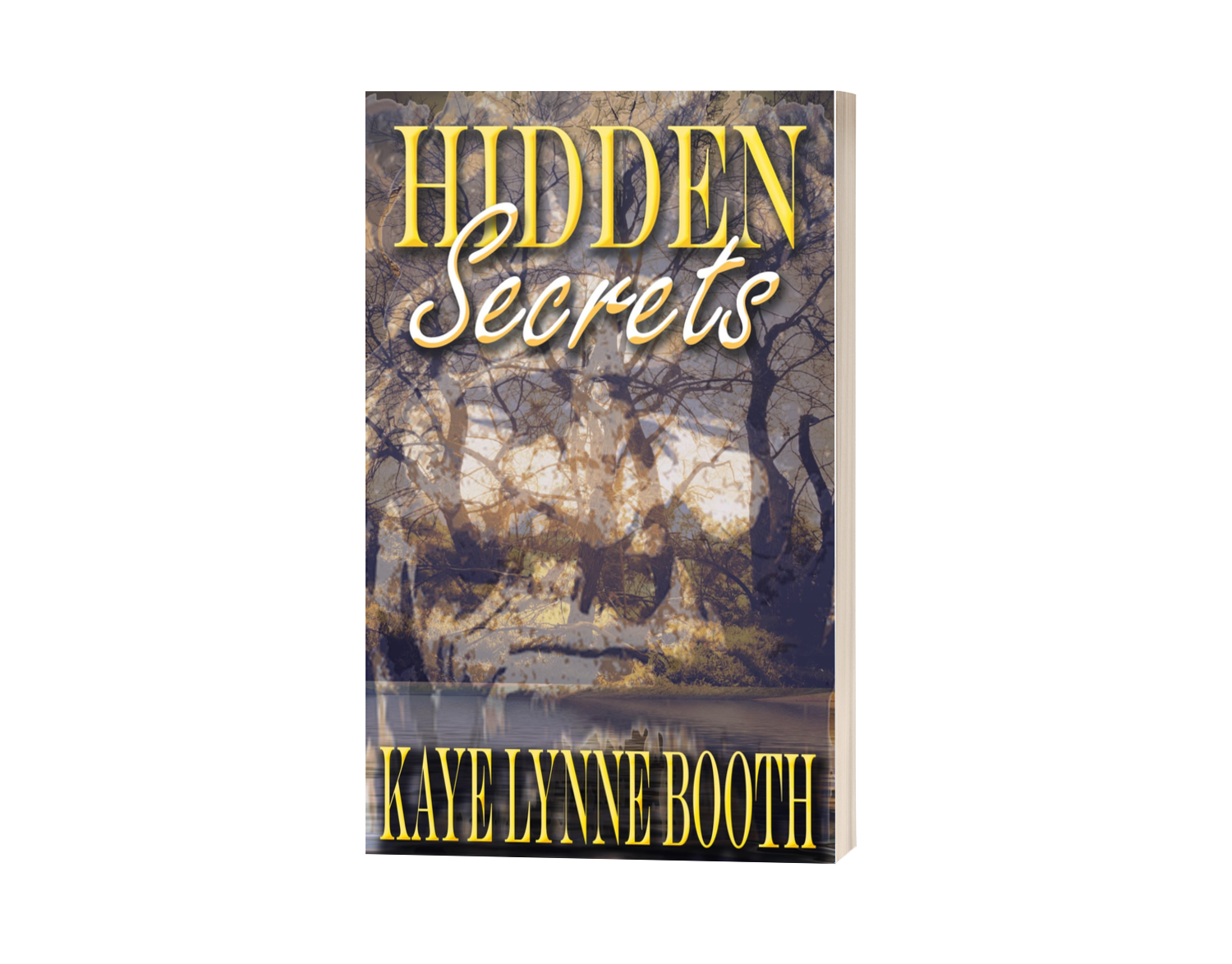
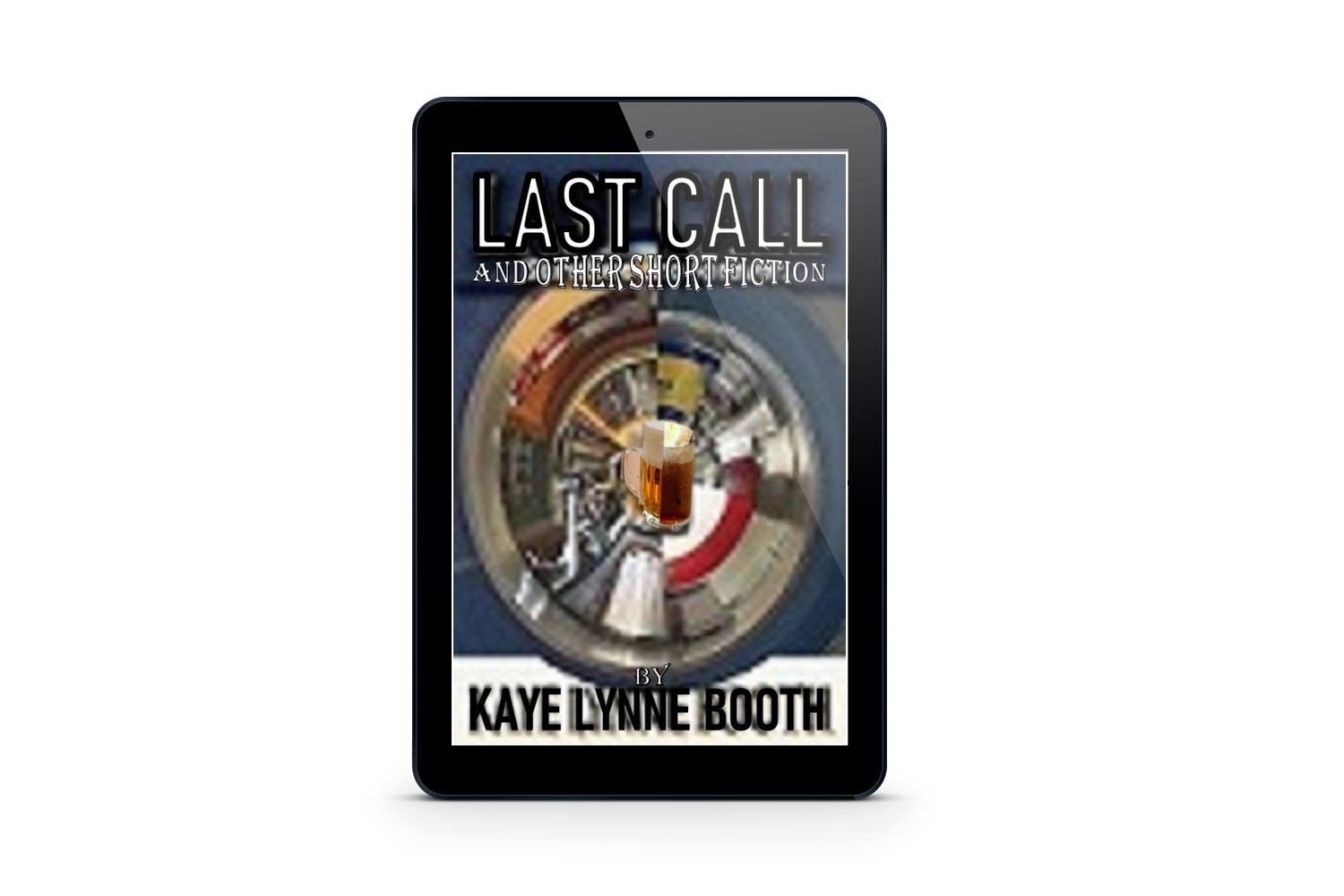
[…] via Interview with hardboiled crime fiction author Jim Nesbitt […]
LikeLike
Reblogged this on Jim Nesbitt and commented:
Check out author Kaye Lynne Booth’s interview of me on her Writing To Be Read blog. Just in time for Tuesday’s release of THE BEST LOUSY CHOICE. https://www.amazon.com/author/jimnesbitt
LikeLiked by 1 person
[…] author guest, Jenifer Ruff or by a tough guy P.I., as in hardboiled crime fiction such as Jim Nesbitt writes, with his tough guy P.I., Ed Earl Burch in The Best Lousy Choice and the two previous […]
LikeLike